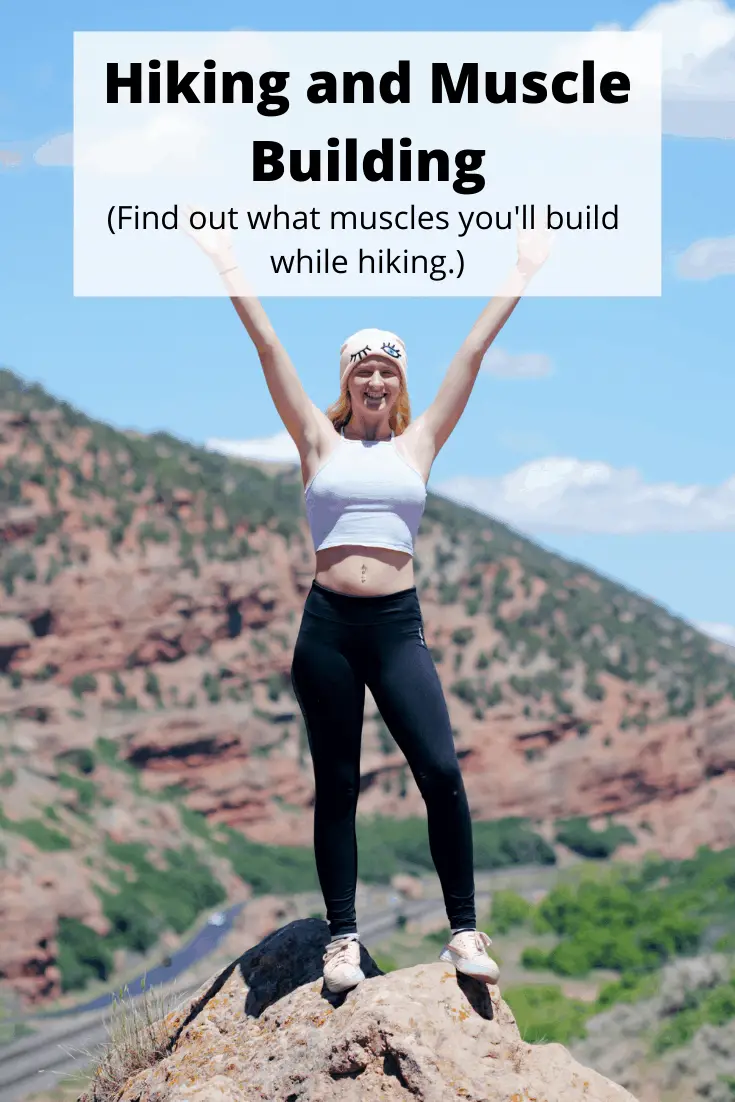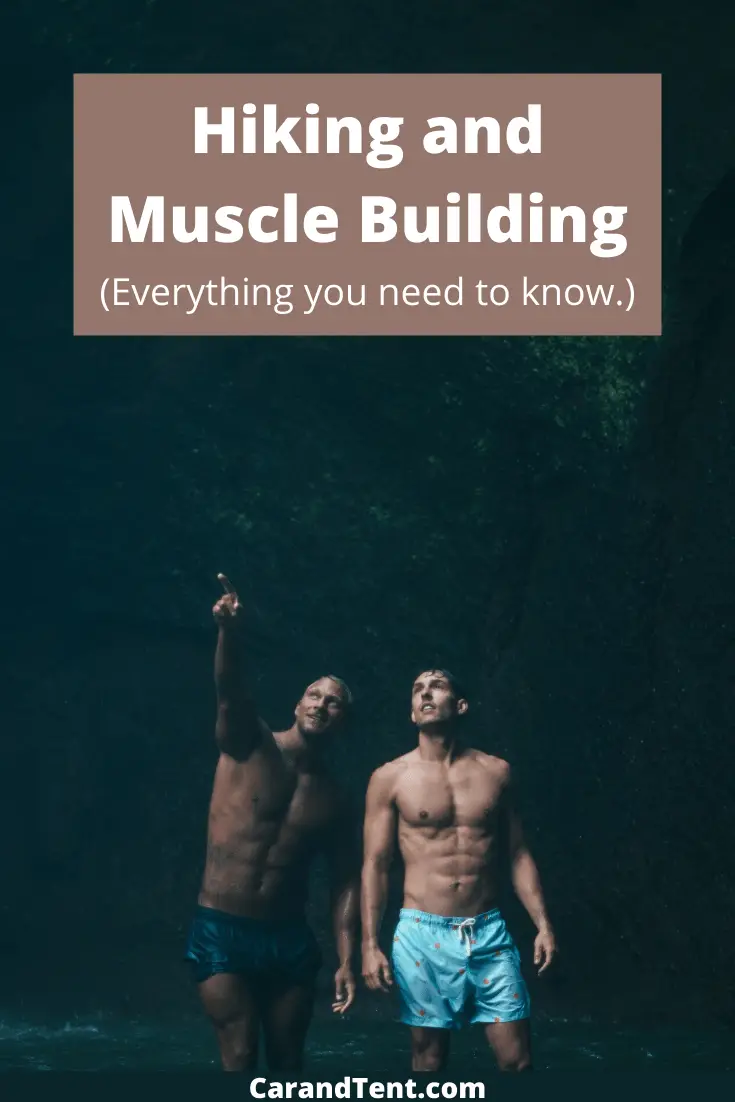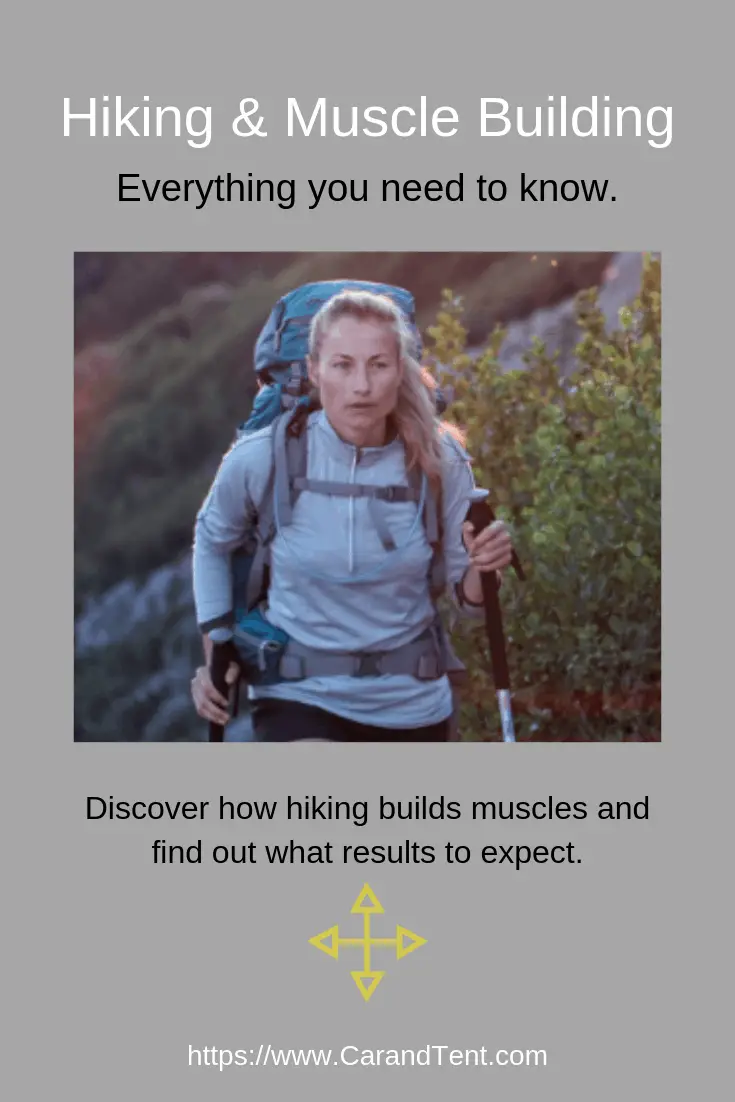Hiking is a fun hobby with many side benefits. But will hiking build muscle?
You can build up many different muscles while hiking. Your legs, glutes, and back are the obvious beneficiaries but those aren’t the only muscles that can benefit from hiking. This being said, if you’re trying to achieve a bodybuilding physique through hiking, you’ll probably be disappointed with your results.
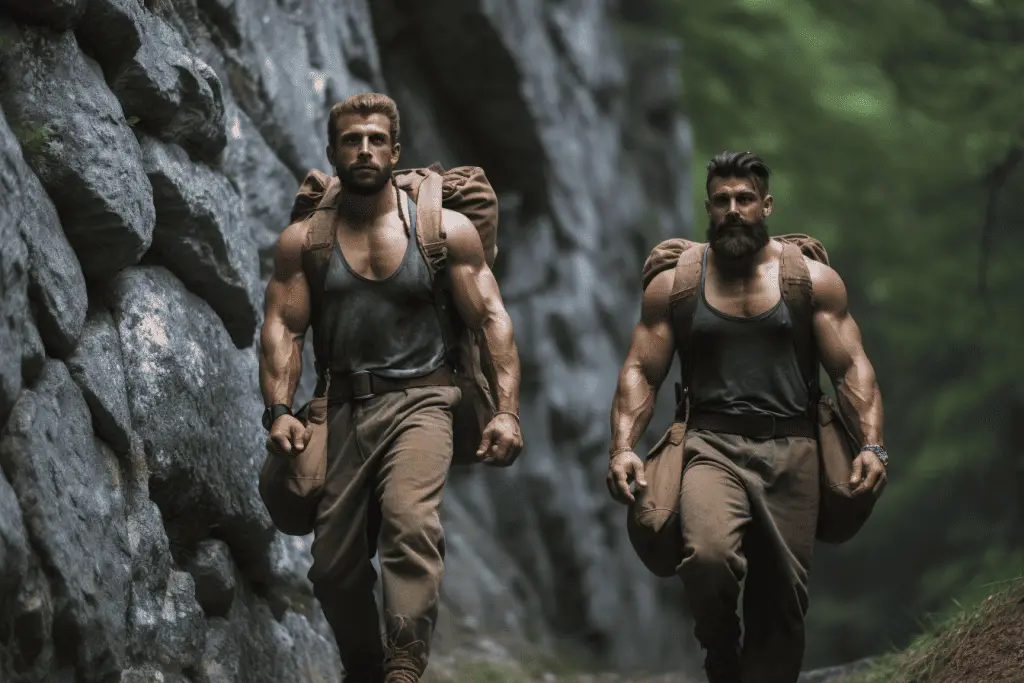
Let’s take a deeper look at which muscles hiking effects and the benefits each muscle receives.
Table of Contents
Lower Body Hiking Muscles
It’s no secret that hiking involves the use of your leg muscles. With each and every step, you’re working your calves, your quadriceps, your hamstrings, your glutes, and even your hip flexors. Not only this, but you’re also giving all of the smaller muscles in your toes and feet a workout as well. This is a benefit you just won’t get while doing leg extensions and leg curls at the gym.
Muscles of the Foot
Here is an image of all of the muscles in your feet that you’ll be exercising each time you go for a hike.
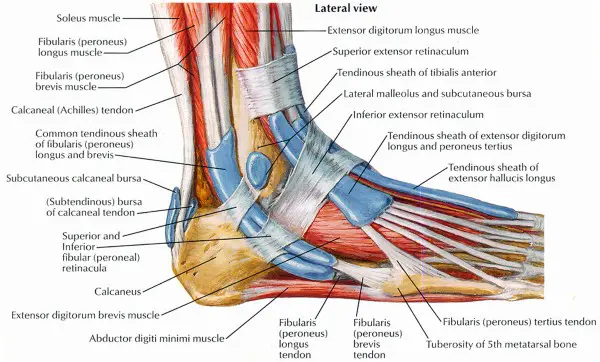
These muscles might not look as sexy as a nice pair of gams, but they’re critical for good health. Hiking will help strengthen your feet as well as all of the other muscles that support your arches. This is important because strong arches make walking easier and less painful. Also, from a vanity point of view, flat arches will make your shoe size bigger and they’ll make you shorter.
Calf Muscles and Hiking
Did you know that the calf muscle has been nicknamed the second heart? The reason for this is that the contraction of calf muscles helps to pump oxygen-depleted blood back into the heart. Quickly send this blood back to your heart and it will reward your legs with a fresh pump of oxygen-rich blood.
Again, working out your calves doesn’t have to be all health-related. A side benefit of working your calves is that you’ll reduce the chances of getting spider veins. Not only this, but you’ll also tone your calf muscles and in some cases, they may even get a little larger and fuller. Just don’t expect them to look like this picture below from hiking alone.
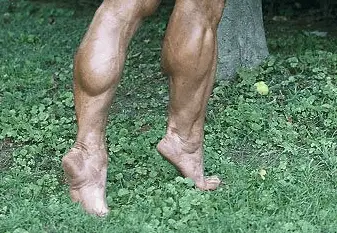
Quadriceps and Hiking
The quadriceps, otherwise known as quads, dominate the most visible part of your legs. In fact, they take up the entirety of the front of your legs. These muscles help to straighten your knee which means you work them with each step you take while hiking.
Quads are important because they provide the power you need to walk, lift heavy items, and to carry heavy items. They help provide a base for the rest of your body so it is important that they are exercised frequently.
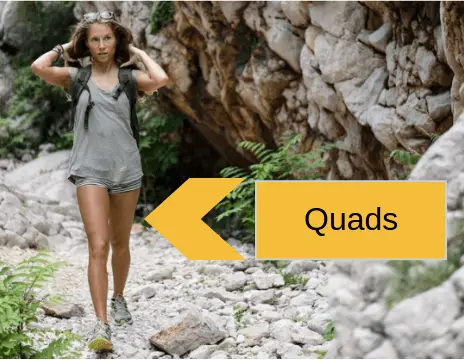
Notice this hikers legs look toned and fit but not overly large. Hiking will certainly give your legs a workout but it won’t create a lot of hypertrophy like a good set of squats would.
Hamstrings and Hiking
Your hamstrings, make up the back part of your upper legs. They are especially useful for walking and lifting heavy items off of the ground. These muscles work to bend your knees and to pull your hips backward. As a result, they also get worked each time you take a step. Sitting too much can cause tightness in the hamstrings which can be counteracted through regular hiking.
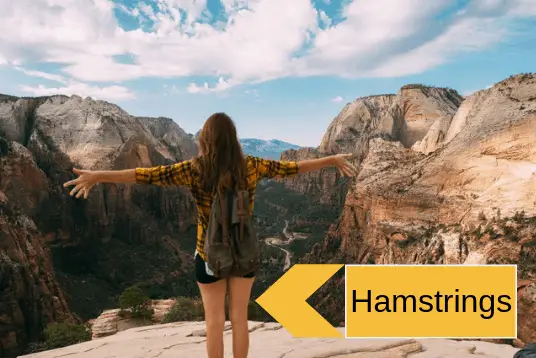
Again, notice this hiker’s legs look fit and toned but they aren’t unusually big. To grow the size of your hamstring muscles, you’d be better off doing deadlifts or squats. However, if you want to keep your hamstrings looking trim and fit, you can get a great workout just by hiking.
Glutes and Hiking
Strong glutes help improve your posture, increase athletic performance, and reduce the chances that you’ll be injured. They also look great too.
Hiking is great for your glutes. It strengthens the muscles and reduces cellulite.
The key to activating your glutes while hiking is walking with good posture. Also, you’ll activate your glutes more when you hike uphill so stand tall and walk uphill and you’ll have a rounder butt in no time.
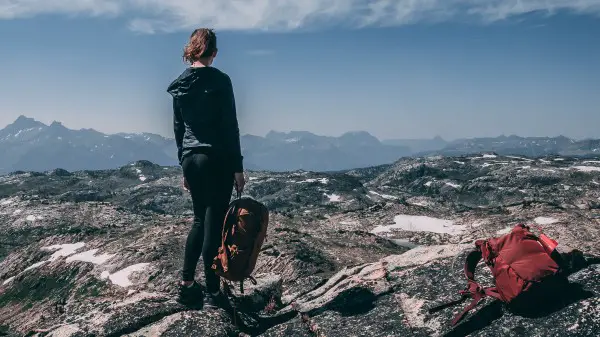
Hip Flexors
Weak hip flexor muscles can cause a condition known as anterior pelvic tilt. Anterior pelvic tilt is a condition where the hip flexor muscles have shortened. This pulls your stomach in and down and pushes your posterior out. In most cases, this is caused by too much sitting.
Luckily, this condition is easily reversed and one of the ways to help reverse it is through hiking.
Upper Body Hiking Muscles
When you hike you’re also using the muscles of your upper body as well. The primary upper-body muscles you’ll use during a hike that does not include a backpack or hiking poles are the abdominals and the lower back. Some people refer to this as the “core”. These muscles help to stabilize your upper body as you hike.
Add a backpack and you’ll give your lower back, your upper back, your trapezius, and your abdominal muscles even more of a workout. Grab a set of hiking poles and you’ll also engage your shoulders, biceps, triceps, and forearms. This effectively turns your hike into a full-body workout.
If you don’t want to take along hiking poles or a backpack, consider grabbing a pair of light weights to take with you. Carrying the weights will add some resistance to your upper body and you’ll get a better upper body workout than if you went hiking without them. Just be careful when doing this on more difficult trails as you may want to leave your hands free to help you scramble.
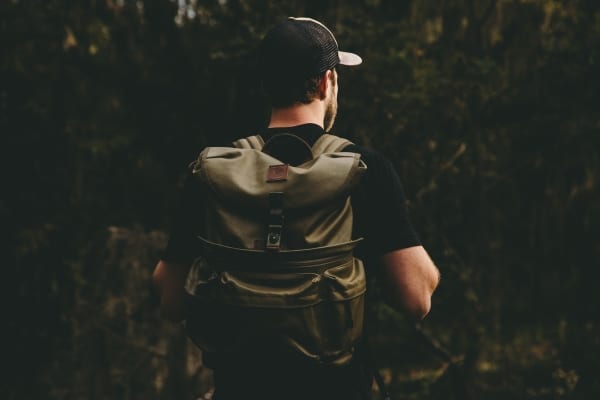
Cardiac and Smooth Hiking Muscles
Skeletal muscle isn’t the only type of muscle we need to work out. The muscles of the heart and lungs need to be worked on as well. Hiking is a great way to strengthen these muscles.
A strong heart and a healthy set of lungs will increase the amount of energy you have, reduce your chances of illness, and help you live longer. It will also help your body regulate your temperature better. This means you’ll be less cold in the winter and less hot in the summer.
Hiking and Heart Muscles
Hiking is considered to be a moderate-intensity exercise. According to the American Heart Association, people should participate in at least 150 minutes of moderate-intensity exercise each week. This minimal amount of exercise has been shown to dramatically reduce the chances of heart disease and stroke.
Every time you hike you strengthen your heart making the heart muscle more efficient at pumping blood. As a result of this stronger pump, your heart sends more blood out each time it beats. this means your heart does not need to beat as fast and your resting heart rate becomes lower.
Hiking and Lung Muscles
When you hike, your body needs to take in more oxygen. Because your body is taking in more oxygen, it also needs to expel more carbon dioxide. As a result, your lungs have to work harder than they usually do. Over time, your lungs will compensate for this by becoming stronger.
You can get this same benefit by walking or running through your neighborhood. However, you’ll also be inhaling the exhaust from passing vehicles and any other air pollution that is floating around your neighborhood. Take a hike in the woods and you’ll avoid breathing these pollutants in. You’ll give your lung muscles a fantastic workout and you won’t even have to worry about getting asthma while doing it.
In Summary
Hiking is great for working out your muscles. Add a backpack and some trekking poles to your hike and you can even get a full-body workout in.
This being said, hiking is not targeted enough to build muscles in the same way that a bodybuilder builds muscles. If you’re looking to get fit and toned, hiking might be just what you’re looking for. If you’re looking to add a large amount of muscle mass to your body, you may want to stick to lifting weights.
